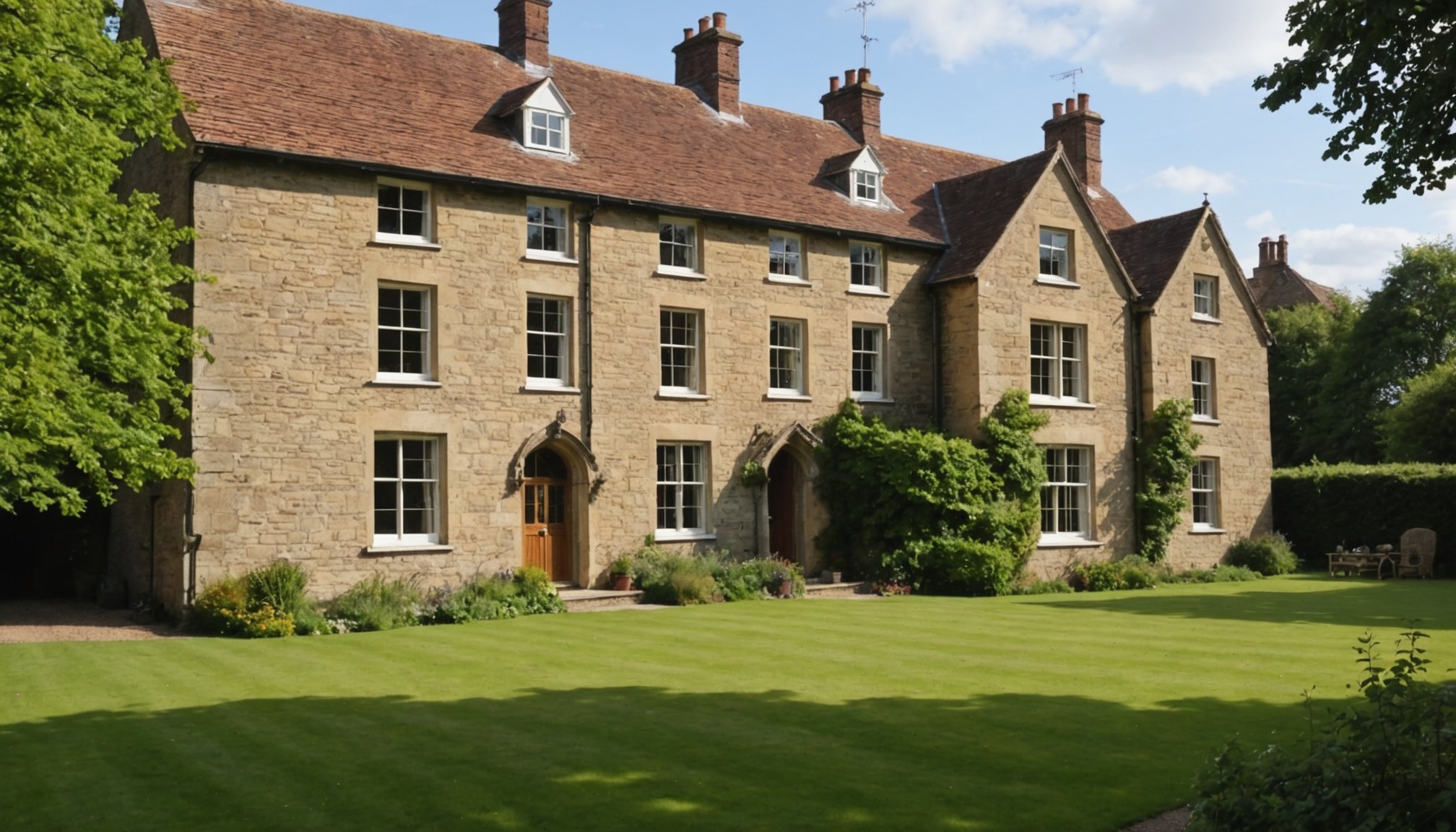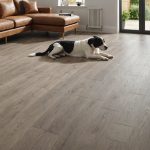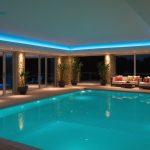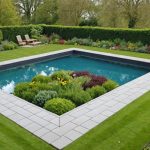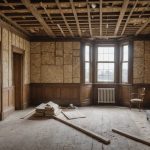Understanding Draughts in UK Period Properties
In the UK, draughts are a prevalent issue in period properties. These charming older homes often have gaps that allow cold air to seep in, diminishing their energy efficiency. Typical sources include ill-fitting windows and doors, old floorboards, and chimneys.
Historically, architectural features like single-glazed windows were not designed with modern insulation standards in mind. Chimneys, while crucial for warmth in the past, can now inadvertently channel draughts if not properly sealed. Other elements include attic and wall cavities that lack adequate insulation in these period properties.
Also to discover : Discover the Best Smart Lock Brands for Your UK Door: A Compatibility Guide
Addressing these draughts is essential for improving a home’s energy efficiency, reducing energy bills, and increasing comfort. Simple solutions, such as draught-proofing strips around doors and windows, can significantly mitigate these issues. Moreover, installing or upgrading insulation, particularly in lofts and cavity walls, provides a substantial impact. Adding secondary glazing to windows can also effectively reduce heat loss while maintaining the property’s traditional aesthetics.
By understanding the unique challenges of draughts in period properties and employing tailored solutions, homeowners can preserve the charm of their homes while enhancing energy efficiency. It is a sustainable approach that caters to both historical architecture and modern living standards.
Additional reading : Effortless Elegance: Designing a Low-Maintenance Front Yard for UK Homeowners
Effective Draught-Exclusion Methods
Eliminating bothersome draughts is key to improving indoor comfort and energy efficiency. Let’s dive into some draught exclusion methods that can make a difference.
Weather Stripping
Weather stripping is a popular technique used to seal gaps around windows and doors. Several types of weather stripping are available, including adhesive foam, V strip, and felt. Installation is straightforward: clean the surface, cut the strip to size, and apply. For added durability and effectiveness, it’s crucial to choose the right type for each application. Costs vary, but typically range from £5 to £20 per window. This can lead to considerable savings on heating bills by preventing unwanted airflow.
Secondary Glazing
Secondary glazing is especially beneficial for period properties where preserving the original window is important. This method reduces noise and boosts energy efficiency dramatically. The installation involves fitting a discreet secondary panel inside the existing window frame. Basic materials needed include glass panes and a frame kit, which can be sourced from hardware stores. The impact on energy savings justifies the upfront cost over time.
Insulation Options
Insulating period properties involves using materials such as wool or rigid foam boards. Key areas include the loft, walls, and floors. Proper insulation can, in the long term, yield significant energy savings, outweighing the initial investment.
Step-by-Step Guides for DIY Draught-Proofing
Embarking on a DIY Draught-Proofing project can be both rewarding and cost-effective for home improvement enthusiasts. Guides provide a comprehensive approach to sealing draughts around doors and windows, ensuring your home maintains a comfortable temperature and reduces energy costs.
To start with draught-proofing doors, consider self-adhesive foam strips or brush seals as practical solutions for closing gaps. For windows, rubber seals or draught-excluders are effective ways to keep cold air out. Accurate measurement of gaps is crucial for selecting the right materials and ensuring a snug fit.
When it comes to sealing chimneys and fireplaces, inflatable chimney balloons or chimney draught excluders are innovative techniques. These can prevent significant heat loss, particularly in unused fireplaces. Remember to remove these before lighting a fire and store them for future use.
Maintaining ventilation is an essential aspect of draught-proofing. While sealing your home, ensure adequate airflow to prevent condensation and maintain air quality. Ventilators or trickle vents can allow air circulation without compromising your draught-proofing efforts.
Commit to a thorough DIY draught-proofing approach, and enjoy a warmer, more efficient home environment.
Cost Implications and Savings
Understanding the cost implications of draught-exclusion methods is crucial for making an informed decision. Different methods can vary significantly in terms of upfront costs. For instance, basic draught-proofing strips for doors and windows are usually inexpensive. However, more comprehensive solutions, like professional sealing services or advanced home automation for climate control, might require a higher initial investment.
While these upfront costs might seem daunting, it’s essential to consider the energy savings that can be achieved over the long term. Effective draught-proofing can significantly reduce heating bills, allowing homeowners to recoup their initial expenses over time. The potential savings can vary, but they often lead to noticeable reductions in energy consumption.
When budgeting for draught-exclusion improvements, it’s important to prioritize areas that offer the best return on investment. Simple changes, such as sealing windows or installing door sweeps, can provide significant savings. Additionally, consider exploring financing options or government incentives aimed at improving energy efficiency within homes.
Pay attention to the balance between cost and savings, ensuring that investments align with long-term energy efficiency goals. This approach can help achieve both financial savings and increased comfort at home.
Historical Considerations and Preservation
Understanding Historical Preservation is crucial for maintaining the integrity of Period Properties. These properties, often rich in heritage, present unique challenges. Regulations exist to ensure their historical value is protected while allowing for necessary improvements.
Importance of Maintaining Historical Integrity
Maintaining the original design and craftsmanship of a period property is paramount. Changes can undermine its historical value. Genuine materials and methods should be used in any repairs or updates, preserving its story for future generations.
Regulations and Guidelines
Regulations for draught-proofing in listed buildings are strict, designed to preserve their character. For example, when installing new windows, the design often needs approval. The choice of materials and methods must comply with these guidelines to retain the building’s authentic appearance and prevent decay.
Balancing Modern Efficiency with Historical Authenticity
While historical authenticity is vital, modern efficiency cannot be overlooked. Innovative solutions, such as discreet insulating materials or reversible interventions, allow property owners to enhance energy efficiency without compromising historical integrity. This balance is crucial for reducing costs while maintaining the property’s unique charm.
Ultimately, these considerations and regulations ensure that period properties endure as living pieces of history, seamlessly blending past and present.
Expert Tips and Additional Resources
Discovering the best resources and expert tips can significantly enhance your approach to building conservation. Conservation experts recommend paying close attention to energy efficiency ratings, as these can have a substantial impact on long-term savings and sustainability. Best practices include conducting regular evaluations of your building’s energy consumption and implementing necessary improvements.
For those keen on enhancing their knowledge, there are numerous resources available. Websites offering information on governmental grants can be invaluable for funding conservation projects. These grants often focus on enhancing the energy efficiency of buildings.
To aid with installations and techniques, visual aids such as instructional videos or detailed diagrams can be tremendously beneficial. These tools provide step-by-step guidance, reducing the likelihood of errors. Incorporating these expert-recommended practices not only ensures successful projects but also contributes to more sustainable living environments.
Continually seeking out expert tips and expanding your resources will lead you to adopt practices that are both practical and beneficial. Embracing these can make a significant difference in maintaining and improving the energy efficiency and sustainability of any building. This approach not only helps the environment but also makes financial sense in the long run.

